
The Rise Of Meeting Pods: Enhancing Collaboration In Modern Offices
Office space design and flexible workspace.
Office spaces have undergone a radical transformation over the past decade, & honestly, I've witnessed this shift firsthand. What started as open-plan enthusiasm has morphed into something far more nuanced — a recognition that different work requires different environments. Meeting pods have emerged as the hero of this story, offering a perfect middle ground between complete isolation & chaotic open spaces.
I remember the first time I encountered a proper meeting pod. Sceptical doesn't begin to cover my initial reaction. Another office gimmick, I thought. But after spending countless hours in various pods across different companies, I've become something of a convert — though not without reservations.
What Exactly Are Meeting Pods & Why Do We Need Them

Meeting pods are essentially self-contained, semi-private spaces designed for small group collaboration or individual focused work. Think of them as sophisticated phone boxes for the modern office — except infinitely more comfortable & significantly more functional.
These structures typically accomodate between 2-6 people, depending on their configuration. They're equipped with everything you'd expect: power outlets, lighting, ventilation systems, & often integrated technology for video conferencing. The beauty lies in their simplicity & effectiveness.
But here's what really matters: they solve a genuine problem. Open offices, despite their collaborative intentions, created acoustic nightmares. I've lost count of the times I've been in meetings where background chatter made it impossible to concentrate. Meeting pods eliminate this distraction whilst maintaining the flexible, dynamic feel that modern offices strive for.
The demand has exploded because organisations finally realised that one size doesn't fit all when it comes to workspace design. Sometimes you need privacy for sensitive discussions, focused brainstorming sessions, or simply a quiet space to take important calls without disturbing colleagues.
The Psychology Behind Enclosed Collaboration Spaces
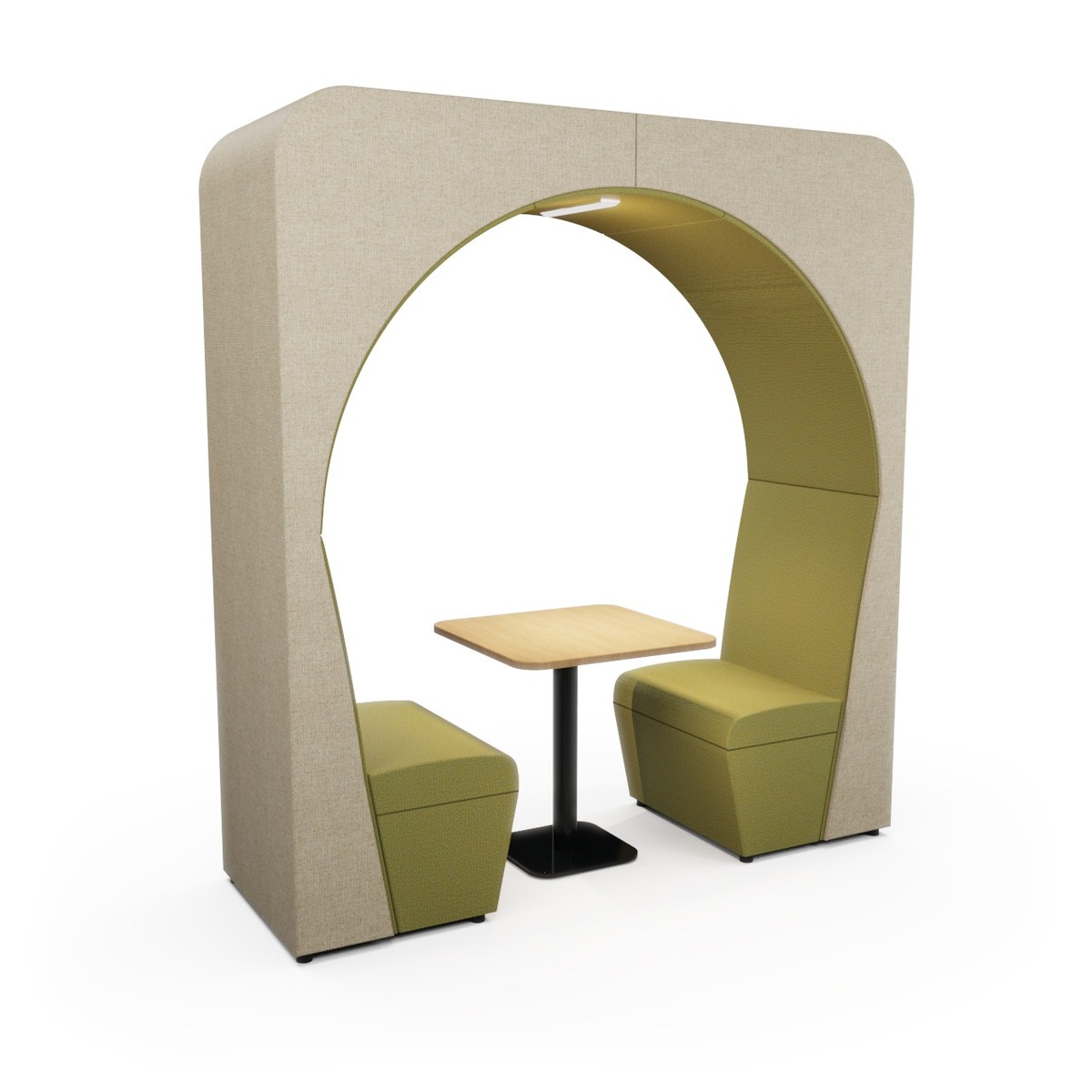
There's fascinating psychology at work here. Humans have an innate need for both connection & retreat — we're social creatures who also crave sanctuary. Meeting pods tap into this fundamental aspect of human behaviour.
When teams step into a pod, something shifts. The physical boundaries create psychological ones too. Conversations become more focused, participants feel safer sharing ideas, & there's less fear of being overheard or judged by passing colleagues. It's remarkable how four walls & a ceiling can transform group dynamics.
I've observed teams becoming more candid in pods. Perhaps it's the intimate setting, or maybe it's simply the absence of visual distractions. Either way, the quality of discussions often improves dramatically compared to the same conversations held in open spaces.
The acoustic privacy also plays a crucial role. When people know they won't be overheard, they're more likely to voice controversial opinions, admit mistakes, or propose unconventional solutions. This psychological safety is invaluable for genuine collaboration & innovation.
Design Innovation Meets Practical Function

Modern meeting pods aren't just functional — they're architectural statements. The best examples seamlessly blend form & function, creating spaces that are both beautiful & highly practical.
Manufacturers have become incredibly sophisticated in their approach. Sound dampening materials are cleverly integrated into stylish wall panels. Ventilation systems operate silently in the background. Lighting adjusts automatically based on occupancy & time of day. Some pods even feature smart glass that transitions from transparent to opaque at the touch of a button.
The variety is staggering. You've got sleek, minimalist designs that wouldn't look out of place in a high-end gallery. Then there are more playful options with bold colours & unconventional shapes. Some companies opt for pods that mirror their brand aesthetics, whilst others prefer neutral designs that complement existing office décor.
But here's where I become slightly sceptical: the tech integration. Whilst impressive, I've seen too many over-engineered pods where the technology becomes a distraction rather than an enhancement. Sometimes simpler is better — a well-designed space with reliable basics often outperforms flashy alternatives loaded with unnecessary gadgets.
Measuring the Impact on Productivity & Wellbeing
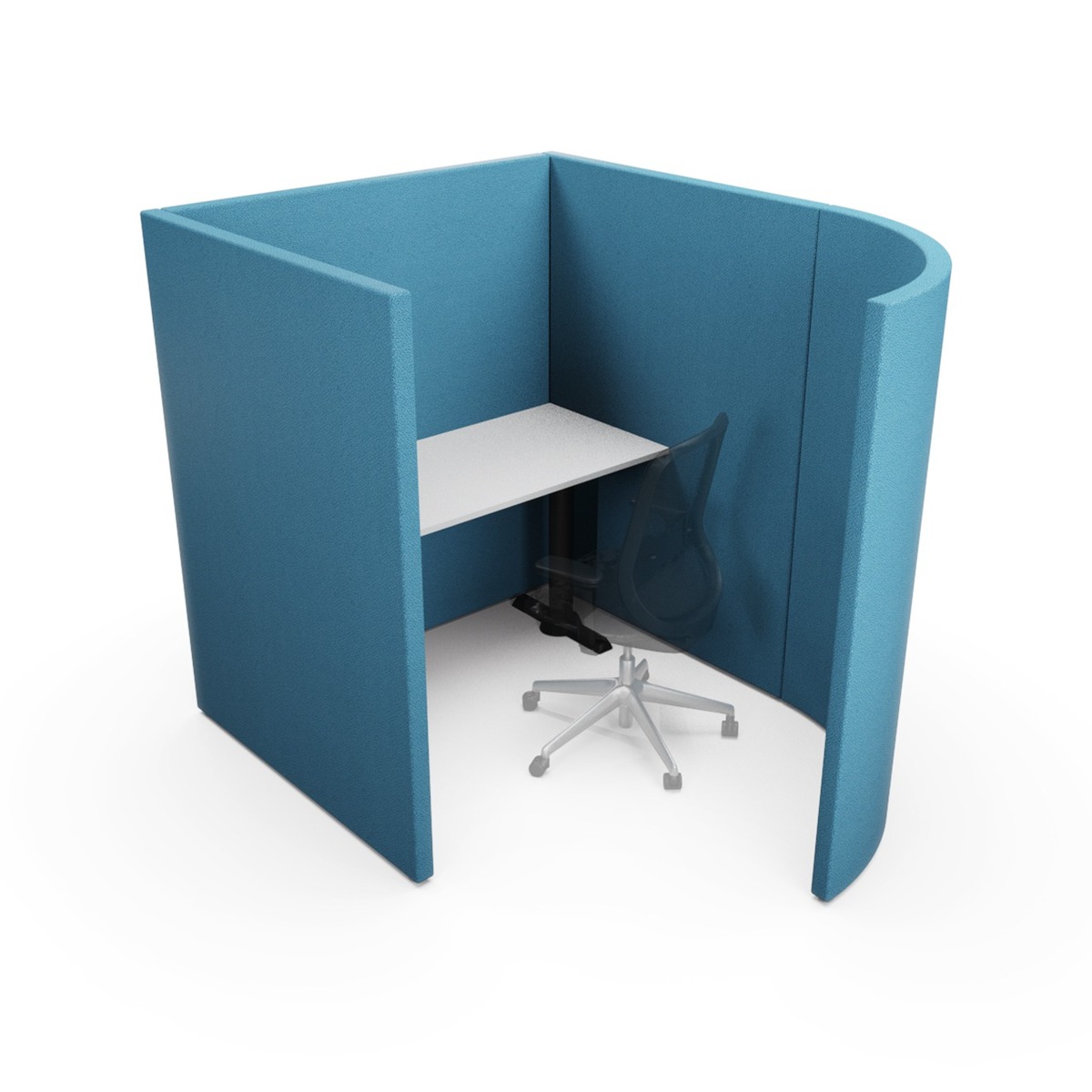
Companies are tracking metrics around pod usage, & the results are compelling. Employee satisfaction scores consistently improve after pod installation. There's less reported stress related to noise & distractions. Meeting efficiency increases when teams have dedicated spaces for focused discussions.
I've seen organisations report significant improvements in project completion times. When teams can gather quickly in a pod without booking meeting rooms days in advance, spontaneous collaboration becomes possible. Those "quick sync" meetings that used to happen in busy corridors now have proper venues.
The wellbeing benefits are equally impressive. Employees report feeling more in control of their work environment. They can choose when to be social & when to retreat. This sense of autonomy has measurable effects on job satisfaction & retention rates.
However, (and this is important) the benefits aren't automatic. Poorly designed pods or inadequate numbers can create new problems. I've witnessed offices where competition for pod access becomes a source of stress. The key is getting the balance right — enough pods to meet demand without overwhelming the space.
Installation Challenges & Practical Considerations

Installing meeting pods isn't as straightforward as placing furniture. These are substantial structures that require careful planning & often significant infrastructure work.
Power supply is typically the first consideration. Most pods need dedicated electrical connections for lighting, ventilation, & device charging. This might involve running new cables through floors or ceilings, which can be disruptive & expensive.
Ventilation presents another challenge. Enclosed spaces need proper air circulation to prevent them becoming stuffy or uncomfortable. Some pods come with integrated systems, whilst others rely on existing building HVAC. Getting this wrong results in spaces that nobody wants to use.
Then there's the matter of positioning. Pods need to be accessible but not obstructive. They should feel integrated into the office layout rather than randomly placed. I've seen installations where pods were clearly afterthoughts — shoved into corners or blocking natural light paths. Poor positioning undermines their effectiveness & creates resentment among staff.
Fire safety regulations also come into play. Depending on your local authority requirements, pods might need specific certifications or modifications to comply with building codes. This isn't glamorous stuff, but it's essential for safe, legal installation.
Cost Considerations & Return on Investment
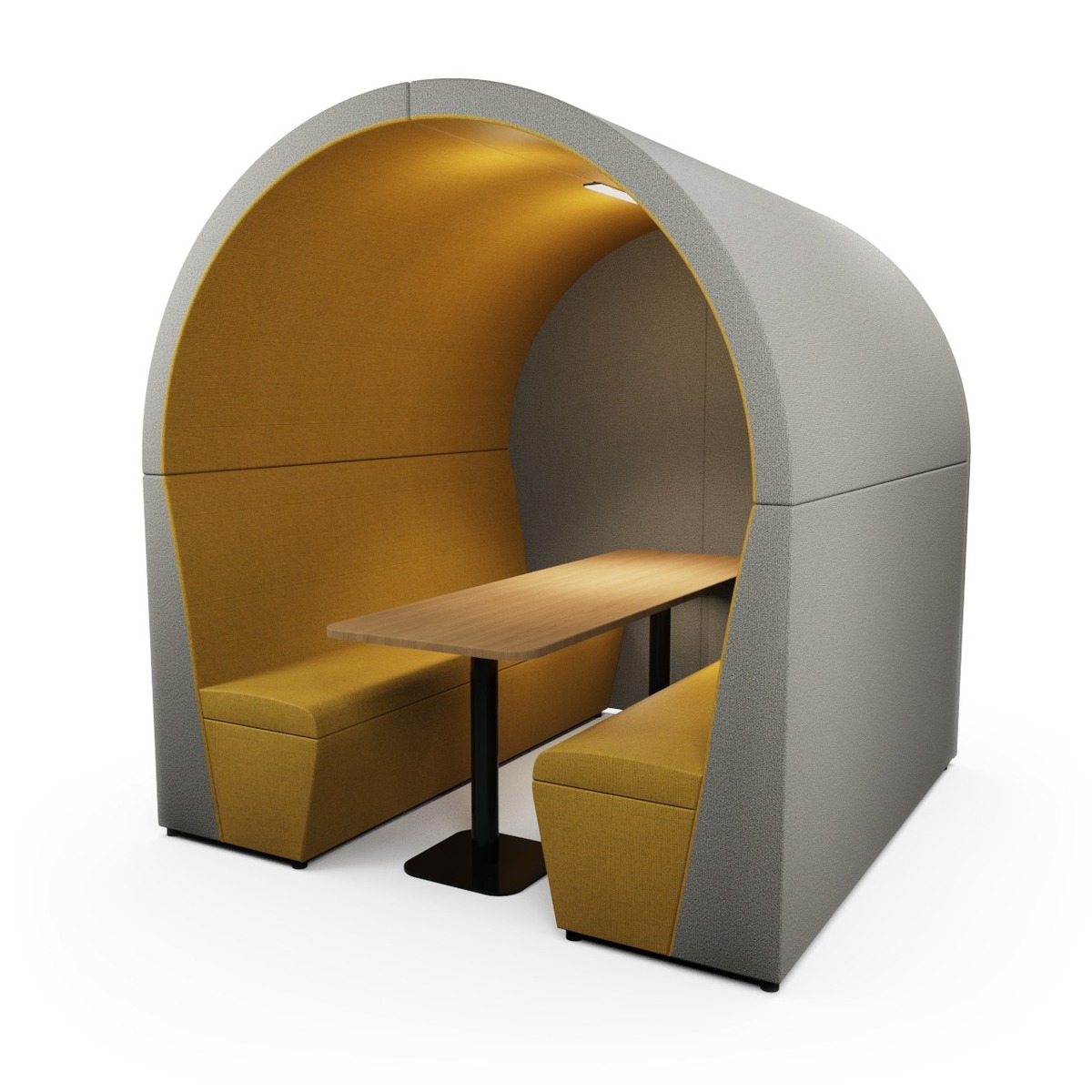
Let's talk money because that's what decision-makers really want to know. Quality meeting pods typically range from £8,000 to £25,000+ depending on size, features, & customisation. That's not insignificant investment territory.
Installation costs can add another £2,000-£5,000 per pod, depending on your building's infrastructure & the complexity of electrical/ventilation work required. So you're looking at substantial upfront expenditure.
But here's the interesting part: many organisations find pods pay for themselves relatively quickly. Reduced meeting room booking conflicts mean less time wasted. Improved productivity & employee satisfaction translate to measurable business benefits. Some companies report ROI within 12-18 months, though this depends heavily on usage patterns & company culture.
There's also the space efficiency angle. A well-designed pod can replace multiple traditional meeting rooms whilst taking up less floor area. For businesses paying premium office rents, this space optimisation can generate significant ongoing savings.
That said, I've seen companies rush into pod purchases without proper needs analysis. They end up with expensive furniture that sits underutilised because it doesn't match how their teams actually work. Due diligence is essential — understand your collaboration patterns before committing to specific solutions.
Future Trends & What's Coming Next
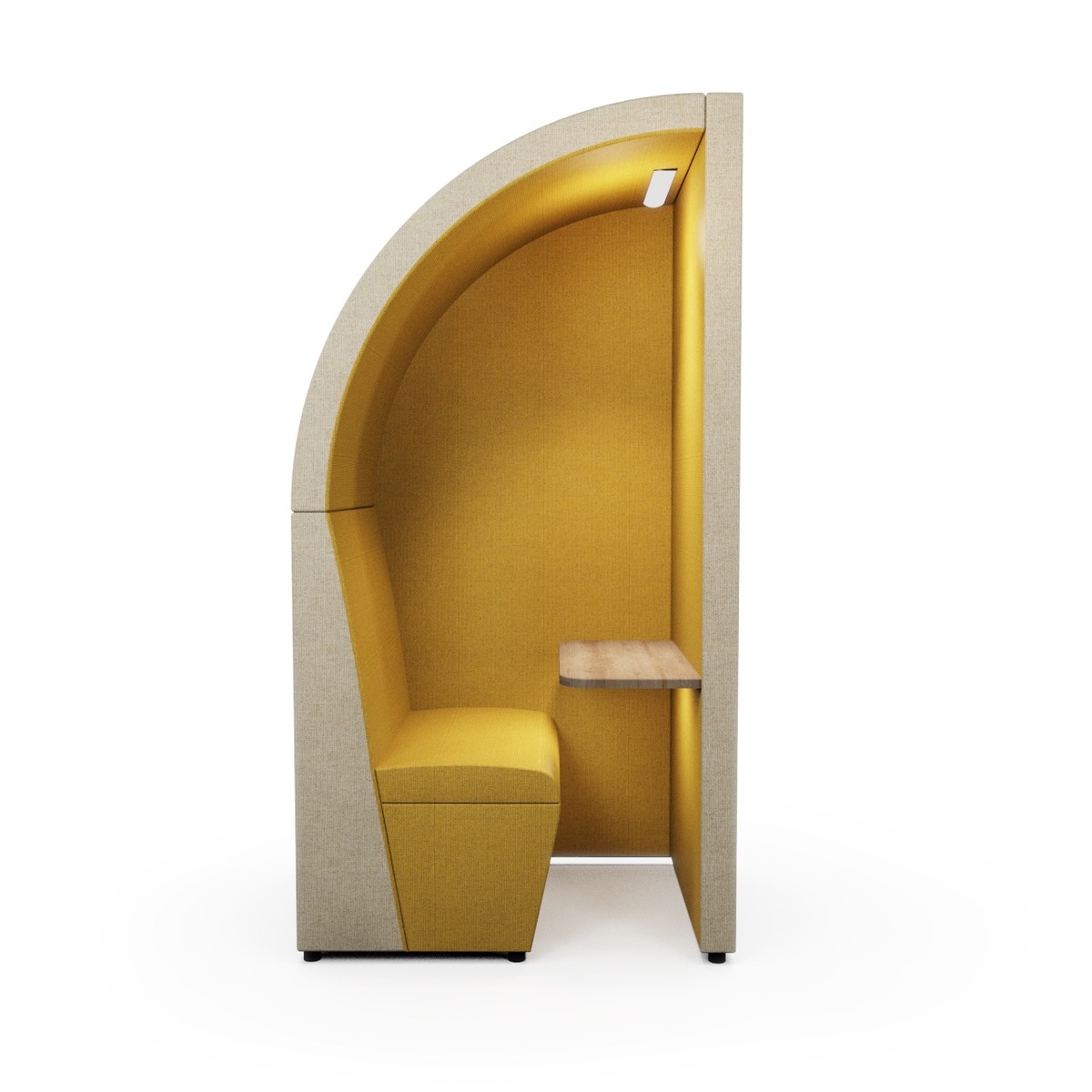
The meeting pod market continues evolving rapidly. Sustainability has become a major focus, with manufacturers developing pods from recycled materials & designing for disassembly & reuse.
Smart integration is getting more sophisticated too. Pods that automatically adjust lighting & temperature based on occupancy. Booking systems that integrate with calendar software. Even AI-powered acoustic adjustment that adapts to conversation patterns.
Modular designs are gaining traction. Instead of fixed structures, companies can reconfigure pod layouts as their needs change. This addresses one of my main concerns about traditional pods — their permanence in an increasingly flexible work environment.
We're also seeing more specialised designs. Pods optimised for video calls with integrated cameras & lighting. Creative spaces with writable surfaces & brainstorming tools. Even wellness-focused pods with features like circadian lighting & biophilic design elements.
The hybrid work trend is driving demand for pods that feel equally comfortable for in-person & remote participants. This is tricky territory — balancing the needs of people physically present with those joining virtually requires thoughtful design & technology integration.
Final Thoughts
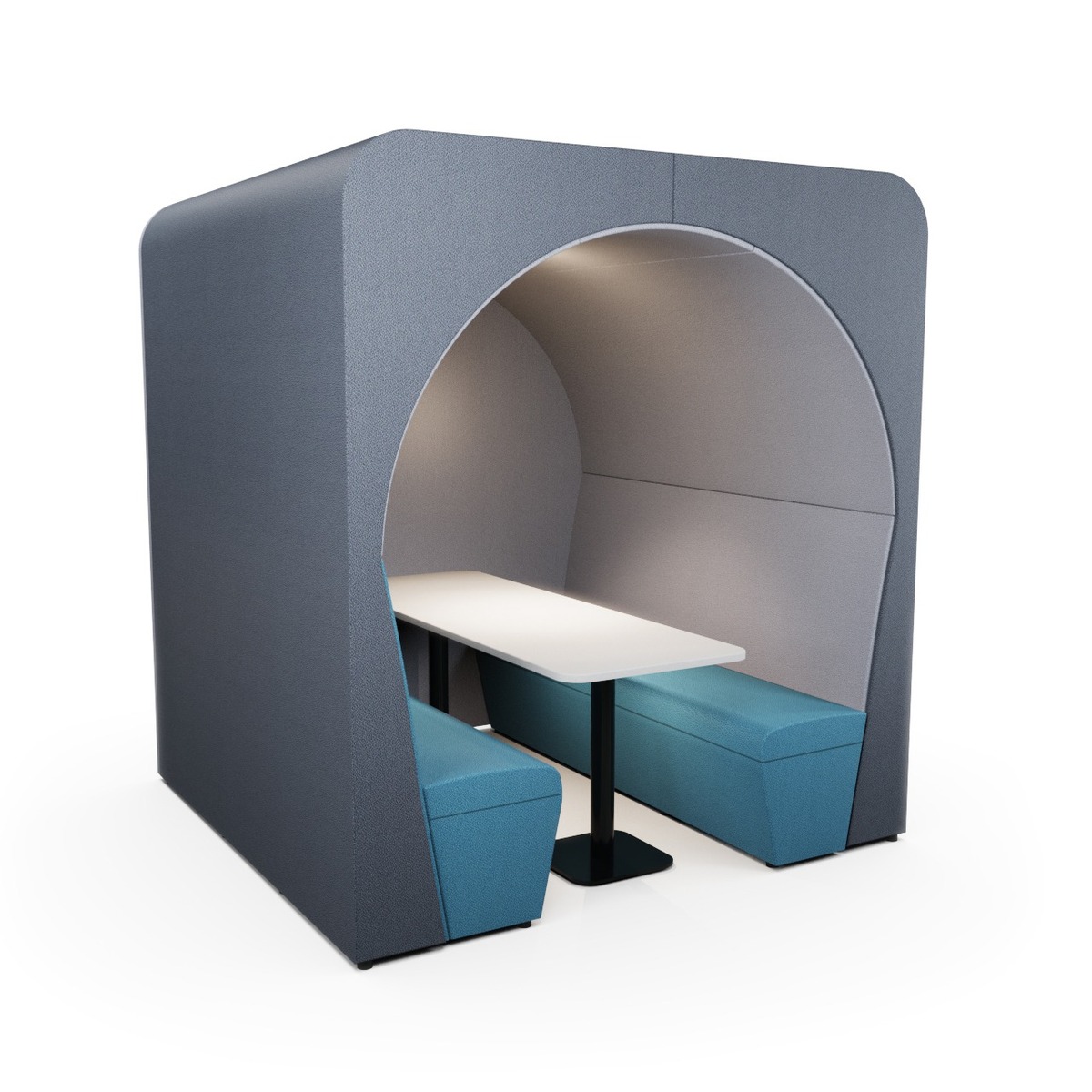
Meeting pods represent more than just another office trend — they're a response to fundamental changes in how we work & collaborate. When implemented thoughtfully, they can transform office dynamics & significantly improve the employee experience.
But they're not magic bullets. Success depends on understanding your specific needs, choosing appropriate designs, & managing the cultural transition. I've seen pods fail spectacularly in organisations that treated them as quick fixes for deeper workplace problems.
The key is approaching pod installation as part of a broader workplace strategy rather than an isolated furniture purchase. Consider how they'll integrate with existing spaces, support your collaboration goals, & adapt to future changes in work patterns.
Done right, meeting pods can indeed enhance collaboration in modern offices. They offer the privacy & focus that open plans struggle to provide whilst maintaining the flexibility & accessibility that traditional meeting rooms often lack. Just don't expect miracles — they're tools, not solutions in themselves.











